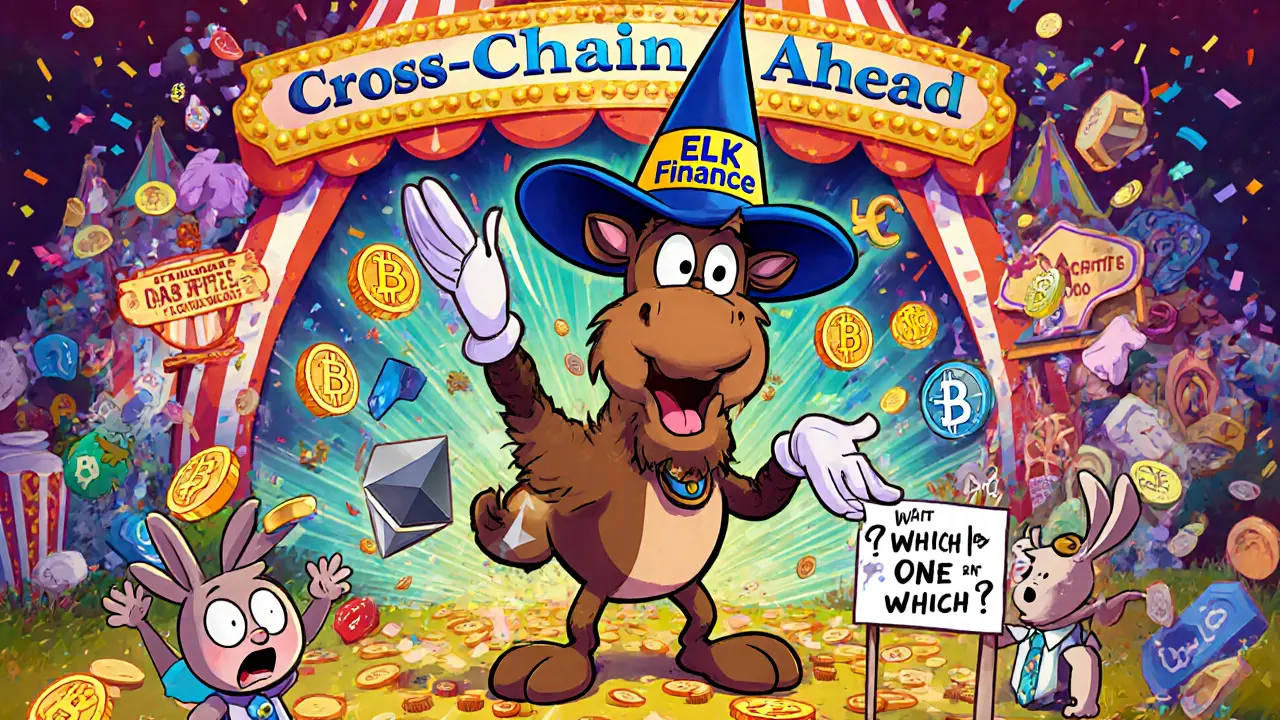Cross-Chain Swap: How It Works and Why It Matters
When working with cross-chain swap a method that moves crypto assets from one blockchain to another without a centralized bridge. Also known as cross‑chain exchange, it lets users trade across ecosystems in a single transaction, you instantly avoid the delays and fees of traditional bridges. Cross-chain swap technology is reshaping how traders, developers, and investors think about liquidity because it removes the trust bottleneck that used to tie different networks together. In practice, a user can swap an Ethereum‑based token for a Binance Smart Chain token in seconds, and the whole process is secured by cryptographic proofs rather than a third‑party custodian.
One of the core building blocks behind this capability is the atomic swap a trust‑less protocol that exchanges assets on two chains simultaneously. Atomic swaps use hash time‑locked contracts (HTLCs) to guarantee that either both legs of the trade happen, or none do, which eliminates counter‑party risk. Another crucial element is the decentralized exchange (DEX) a platform that matches buyers and sellers directly on‑chain. Modern DEXs have added cross‑chain routing engines, so they can find the best prices across multiple networks without ever moving funds off‑chain. Finally, a multi-chain protocol a framework that connects several blockchains through standardized messaging and asset‑transfer layers ties everything together, providing the underlying infrastructure that lets atomic swaps and DEXs talk to each other.
Key Components of Cross-Chain Swaps
Understanding the ecosystem starts with three semantic triples: (1) Cross‑chain swap enables seamless asset movement across blockchains, (2) Atomic swap provides the trust‑less guarantee needed for those movements, and (3) Decentralized exchanges facilitate price discovery and order matching for cross‑chain trades. In addition, multi‑chain protocols support the underlying communication that makes the whole process possible. These relationships mean that anyone looking to use or build a cross‑chain solution must consider security (HTLCs), liquidity (DEX pools), and connectivity (protocol bridges). The market is already seeing composites that bundle all three, offering users a one‑stop shop for swapping Bitcoin, Ethereum, Solana, and dozens of other assets without ever leaving their wallet.
Below you’ll find a curated selection of articles that dive deeper into each of these pieces – from regulatory sandbox programs that let developers test new cross‑chain features, to reviews of multi‑chain exchanges like Aster and VaporDex, and detailed guides on specific airdrops that use cross‑chain mechanics. Whether you’re a trader hunting the best rates, a developer building the next atomic‑swap protocol, or just curious about how crypto moves between worlds, the posts ahead will give you practical insights and up‑to‑date data.

